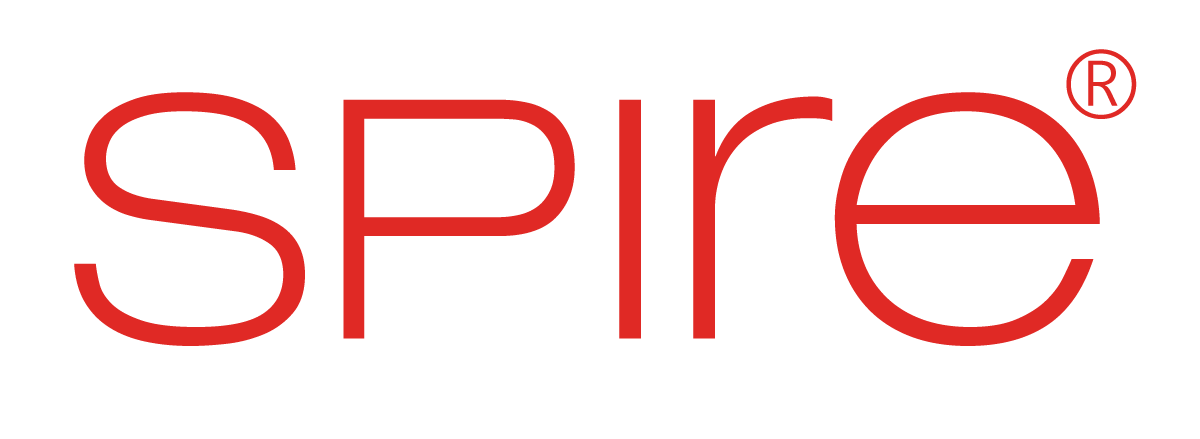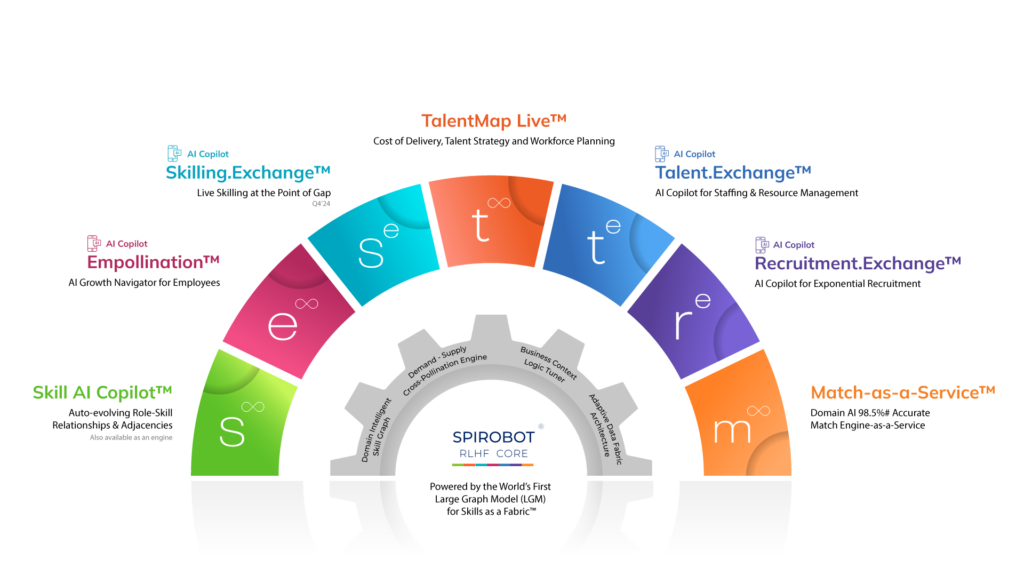The world of work is undergoing a rapid transformation. New technologies are emerging, industries are restructuring, and the skills required for success constantly evolve. This dynamic environment demands a shift in how organizations manage their talent pool. Here’s where competency modeling and skills modeling come into play.
What is Competency Modeling?
Competency modeling has been a cornerstone of talent management for decades. It focuses on identifying the specific competencies – a combination of knowledge, skills, abilities, and other characteristics – required for success in a particular role. These competency models are often used for talent management processes like recruitment, performance management, and development planning.
Competency modeling focuses on identifying the specific competencies – a combination of knowledge, skills, abilities, and other characteristics – required for success in a particular role.
For example, a competency model for a marketing manager role might include competencies such as “market research,” “campaign development,” and “communication skills.”
While competency modeling has its advantages, it has more limitations in today’s dynamic workplace:
Limitations of Competency Models:
– Limited Agility
– Difficulty in Measuring
– Focus on Roles, Not Skills
- Limited Agility: Competency models are often static and can’t easily adapt to technological changes, business needs, or the skills landscape. This rigidity makes them less effective in future-proofing talent strategies.
- Difficulty in Measuring: Competencies are often broad and subjective, making them difficult to assess and track objectively. This vagueness can lead to inconsistencies in talent evaluation and development.
- Focus on Roles, Not Skills: Competency models are typically built around specific roles, limiting their use for assessing transferable skills across different positions.
Skills Models: A More Future-Oriented Approach
What is a Skills Model?
A skills model is a framework that identifies and defines the specific, measurable abilities required for successful job performance. Unlike competency models, which focus on broader attributes, skills models prioritize the practical capabilities individuals need to excel in their roles.
A skills model is a framework that identifies and defines the specific, measurable abilities required for successful job performance.
Advantages of a Skills Model
Skills models offer a more dynamic and adaptable approach to talent management that aligns closely with the demands of the modern workplace. By focusing on specific, measurable skills, organizations can:
Advantages of a Skills Model
– Enhance agility and adaptability
– Improve talent acquisition
– Optimize workforce planning
– Foster a culture of continuous learning
– Leverage technology
- Enhance agility and adaptability: Skills-based models are inherently flexible, allowing organizations to quickly identify skill gaps, develop targeted training programs, and redeploy talent as business needs evolve. This agility is crucial for staying competitive in today’s rapidly changing landscape.
- Improve talent acquisition: By clearly defining the specific skills required for a role, organizations can more effectively identify and attract candidates with the right qualifications. This can lead to faster hiring cycles and improved job fit.
- Optimize workforce planning: Skills models provide valuable workforce planning and succession planning data. By understanding the skill distribution within the organization, companies can identify potential talent shortages and develop strategies to address them proactively.
- Foster a culture of continuous learning: A skills-based approach encourages a growth mindset by focusing on skill development and progression. Employees are empowered to take ownership of their career paths and acquire new skills to advance their careers.
- Leverage technology: Skills data can be easily digitized and analyzed, enabling organizations to leverage AI and machine learning to identify talent gaps, recommend training programs, and match employees to suitable roles.
In contrast to competency models, which can be static and difficult to update, skills models provide a more future-oriented framework for managing talent. By embracing a skills-based approach, organizations can better position themselves to thrive in an increasingly complex and competitive business environment.
Competency Model vs. Skills Model: A Deeper Dive
To better understand the shift towards skills models, it’s essential to delve deeper into how they differ from competency models.
Competency models and skills models both aim to define the capabilities needed for successful job performance.
However, they differ significantly in their scope and focus.
- Competency Models: These models encompass a broader range of attributes, including knowledge, skills, abilities, behaviors, and attitudes. They often focus on the desired outcomes or behaviors of a specific role. For instance, a leadership competency might include “inspiring and motivating teams.”
- Skills Models: These models specifically focus on the learned and applied abilities required for job performance. They are more granular and actionable than competency models. For example, a leadership skill might be “effective communication.”
|
Feature |
Competency Model |
Skills Model |
|
Scope |
Broad, encompassing knowledge, skills, abilities, behaviors, and attitudes |
Focused on learned and applied abilitiesn |
|
Granularity |
High-level, often abstract |
Specific, measurable, and actionable |
|
Focus |
Desired outcomes and behaviors |
Actual capabilities and performance |
|
Agility |
Less agile, difficult to adapt to change |
More agile, easily adaptable to new skills and technologies |
|
Measurement |
Often subjective and difficult to quantify |
Objective and measurable |
While competency models have been valuable for traditional talent management, the rapidly changing work environment demands a more flexible and data-driven approach. Skills models offer a more precise and actionable framework for identifying, developing, and deploying talent.
By understanding the distinctions between these two models, organizations can make informed decisions about which approach best suits their talent management goals.
Spire.AI: Empowering the Skills-Based Organization (SBO)
Spire.AI is a leading provider of AI-powered talent management solutions designed to support organizations transitioning to Skills-Based Organizations (SBOs).
Spire.AI utilizes a skills model approach powered by a Large Graph Model (LGM) and a sophisticated Generative Skills AI Platform. This platform leverages AI for:
- Auto-Evolving Role-Skill Frameworks: Spire.AI creates dynamically evolving role-skill frameworks, automatically identifying and mapping the complex skill mixes required for each position. This ensures that the framework stays up-to-date with the latest skill requirements.
- Generate Employee Skill Profiles: Spire.AI uses AI to automatically analyze data from various sources and generate detailed employee skill profiles. This saves HR teams significant time and effort while providing a comprehensive understanding of employees’ skill sets.
- Recommend Personalized Learning Paths: Based on an individual’s skill profile, Spire.AI can recommend personalized learning paths to help employees upskill, reskill, and grow in alignment with their aspirations and the organization’s strategic needs.
- Facilitate Internal Mobility: Spire.AI empowers employees and talent managers to identify internal mobility options by matching skills with opportunities. This increases talent retention and engagement while ensuring the right skills are deployed in the right roles.
Real-World Results: Spire.AI’s Impact on Talent Management
Spire.AI’s skills-based talent management approach has significantly benefited organizations. Here are some of the quantifiable results:
- Increased Internal Mobility: A global organization saw a dramatic increase in internal mobility from 21% to 56% within eight weeks of implementing Spire.AI’s solutions.
- Reduced Cost of Ownership: Spire.AI helped minimize IT costs by 20% and skill framework consulting costs by 100%.
- Empowered Employees: 87% of employees now have AI-assisted, automatically generated skill profiles, providing valuable insights into their strengths and development opportunities.
Final Thoughts
The shift from competency models to skills models marks a significant evolution in talent management. Organizations can become more agile, adaptable, and competitive by focusing on specific, measurable skills.
Spire.AI’s AI-powered talent management solutions exemplify the power of a skills-based approach. By leveraging advanced technologies and data analytics, Spire.AI helps organizations unlock the full potential of their talent, drive business growth, and build a future-ready workforce.
As the world of work continues to evolve, it is clear that skills will be the critical differentiator for organizations. By embracing a skills-based approach and leveraging tools like Spire.AI, companies can position themselves for long-term success in the digital age.
Frequently Asked Questions
What are competency-based models?
A competency-based model focuses on identifying the specific competencies – a combination of knowledge, skills, abilities, and other characteristics – required for success in a particular role.
What is the skills model?
A skills model is a framework that identifies and defines the specific, measurable abilities required for successful job performance by an individual.
What is the difference between competency models and skills model?
Competency models encompass a broader range of attributes, including knowledge, skills, abilities, behaviors, and attitudes. They often focus on the desired outcomes or behaviors of a specific role. For instance, a leadership competency might include “inspiring and motivating teams.” Skills Models specifically focus on the learned and applied abilities required for job performance. They are more granular and actionable than competency models. For example, a leadership skill might be “effective communication.”






